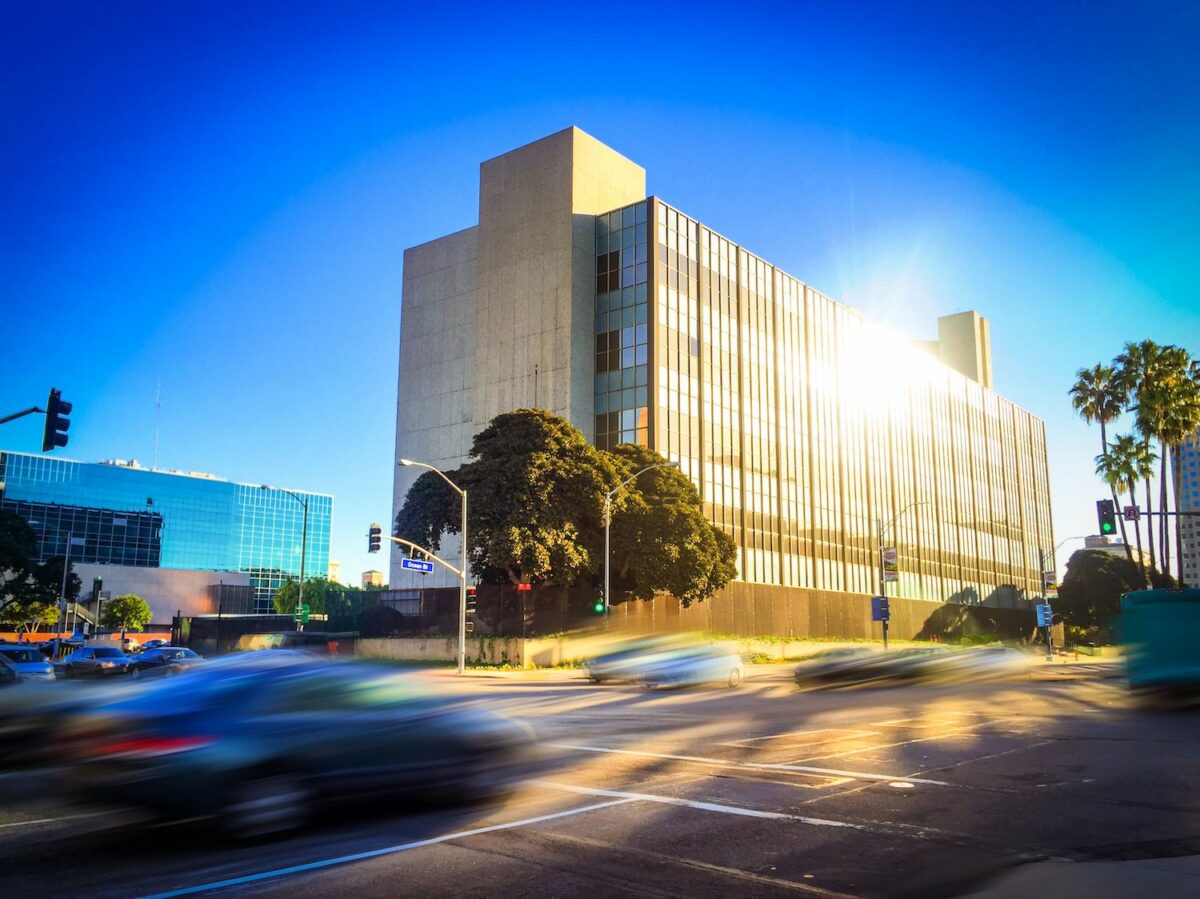Our ongoing series, Long Beach Lost, was launched to examine buildings, places, and things that have either been demolished, are set to be demolished, or are in motion to possibly be demolished—or were never even in existence. This is not a preservationist series but rather a historical series that will help keep a record of our architectural, cultural, and spatial history. To keep up with previous postings, click here.
****
In Downtown Long Beach, three mid-mod sisters once sat across from one another, with one already demolished, the other still standing after being refurbished, and the third being turned into a residential complex.
These were the civic buildings of Downtown: the old courthouse that once sat at Ocean Boulevard and Magnolia Avenue, the Public Safety Building (otherwise known as the current home of the Long Beach Police Department) sitting at Broadway and Magnolia Avenue, and the former City Hall East building, now the massive residential development known as The Edison at the corner of First Street and Long Beach Boulevard.
And the dead sister is the building I’m going to discuss.
The now-gone courthouse—shuttered after the newly minted Gov. George Deukmeijian Courthouse up the street on Magnolia Avneue was completed and then demolished to make way for the new civic center—was designed by one of Long Beach’s staple architects, Kenneth S. Wing (along with Francis Heusel).
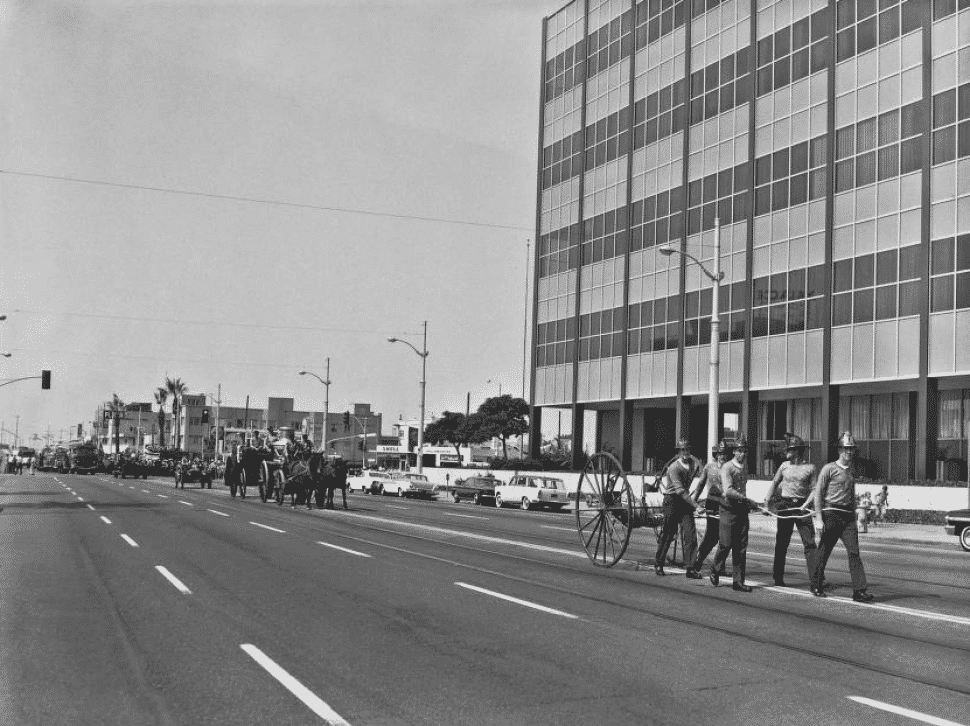
Wing is prolific in Long Beach: from the Carmelitos Housing Project—a breakthrough in affordable housing when it was completed in 1939, becoming Los Angeles’ first form of public housing—to the famed Long Beach Airport—a project which Wing, in an interview in 1983, admitted that his so-called architectural partner in the project, W. Horace Austin, had absolutely nothing to do with the design and Austin was included for “political reasons.”
Let’s not forget it’s been called one of the most best airports in the nation repeatedly.
But this trio of buildings was a testament to not only the architect’s now relished curtain wall-style of structures but to Long Beach’s architectural history. The courthouse, which began construction in 1957 and was completed in 1960, brought forth another a budding architect by the name of Edward Killingsworth under Wing’s watch. Bold with out-of-the-box thinking and design, Killingsworth would tackle the Public Safety Building and City Hall East under the watch of Wing—and would also become one of the most respected mid-century modernists in the architectural world.
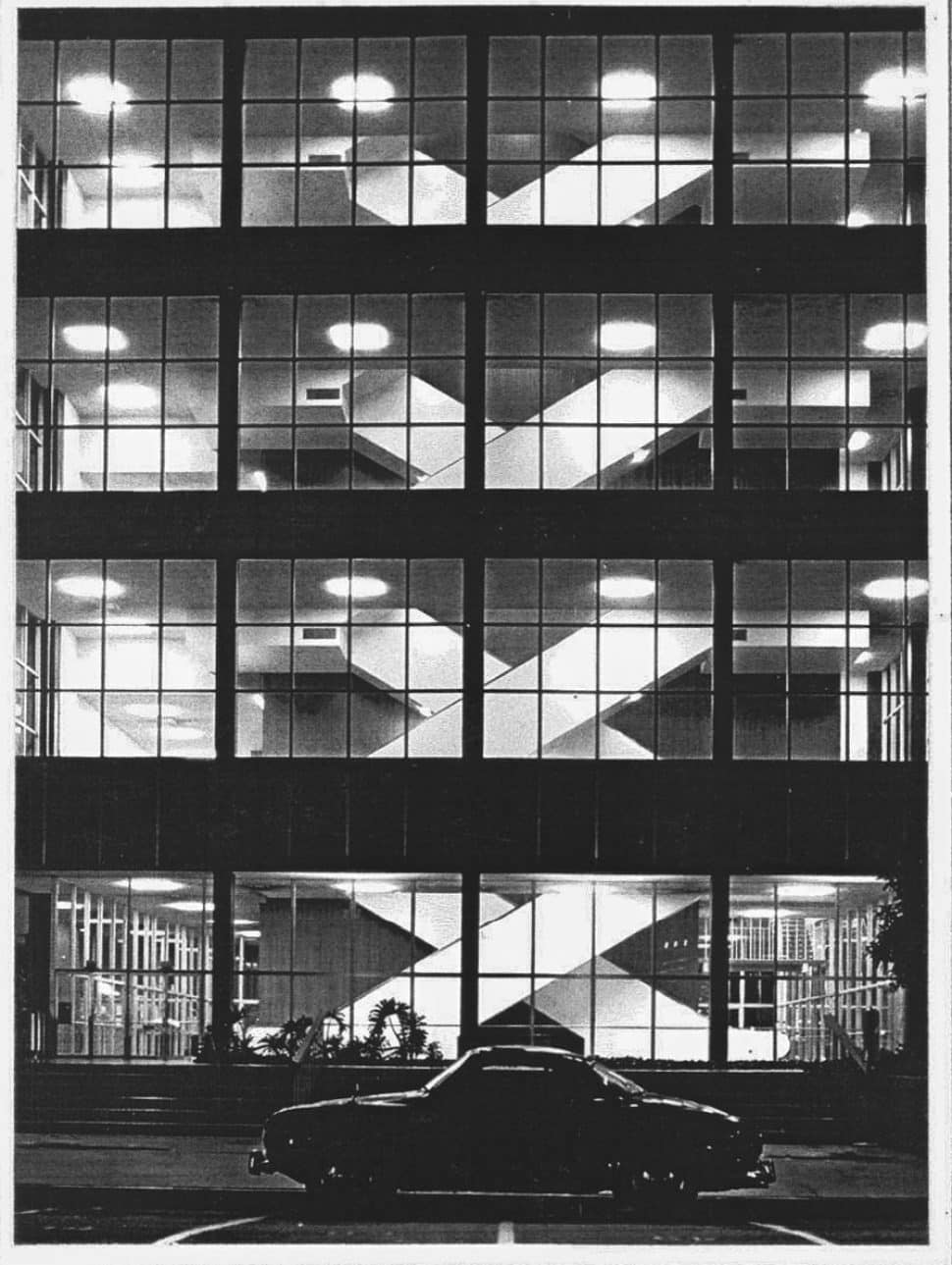
The Public Safety and County buildings were designed to be a justice corridor of sorts—or what architectural historian Katie Rispoli of Ticco calls “a centrifuge of justice”—with a now-defunct fire department in between the two and a tunnel built beneath to carry inmates back and forth between the spaces without having them in public view. Shortly after, Wing designed City Hall East creating a back-to-back-to-back trifecta of mid-mod mastery. 1957, 1958, 1959.
Come 20 years later, the currently-in-the-midst-of-demolition Civic Center was designed with Killingsworth (along with Hugh and Don Gibbs, Frank Homolka, and Wing himself, all whom became the Allied Architects group). One could have, within the stretch of a few city blocks, witness the tangible evolution of great architects’ minds at work—and also witness their creations dive into decay, though that is no fault of their own but perhaps an equal blend of neglect and architectural ageism within our culture.
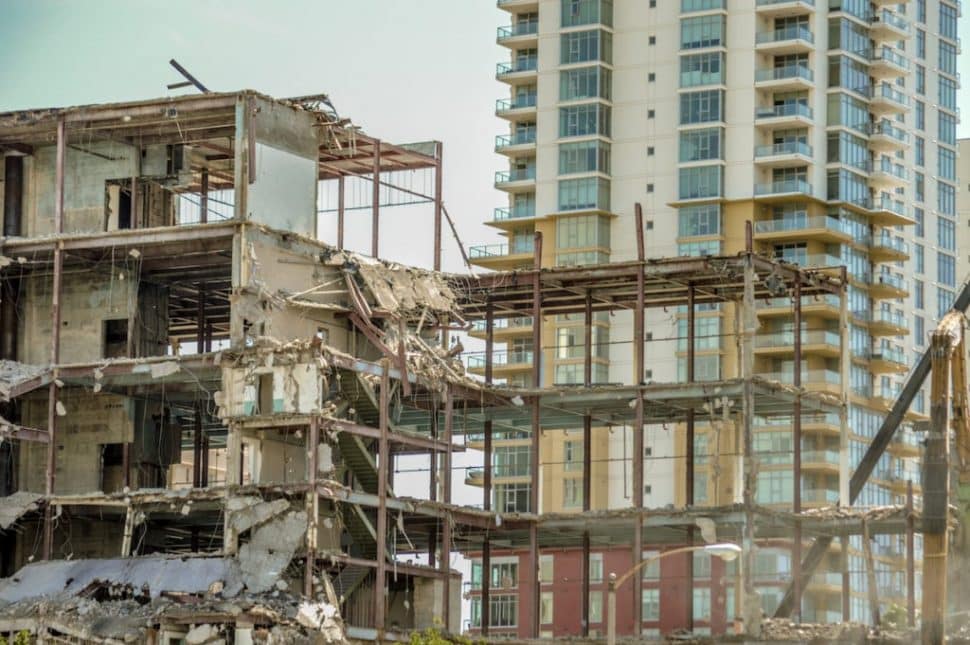
Of course, we are not here to argue why the county sought another building to house its court. With over 5,000 people visiting daily, the inaccessibility of the building took a turn for the worse when a juror suffered a heart attack in 2005—and said inaccessibility caused emergency responders to tack on several crucial minutes to their rescue that ultimately led to the juror’s death. This then led to the 2008 partnership between the defunct Redevelopment Agency and the Administrative Office of the Court to develop a new courthouse.
And rightfully so.
But we’re not talking about uses of the building—a point that often goes unacknowledged when a building is replaced with a shiny new one up the road. We’re talking about the structure itself, one that we’ve invested in historically. (And monetarily: after the quakes of the 1990s, we retrofitted it—meaning that the building was, up to its demolition, entirely structurally sound.)
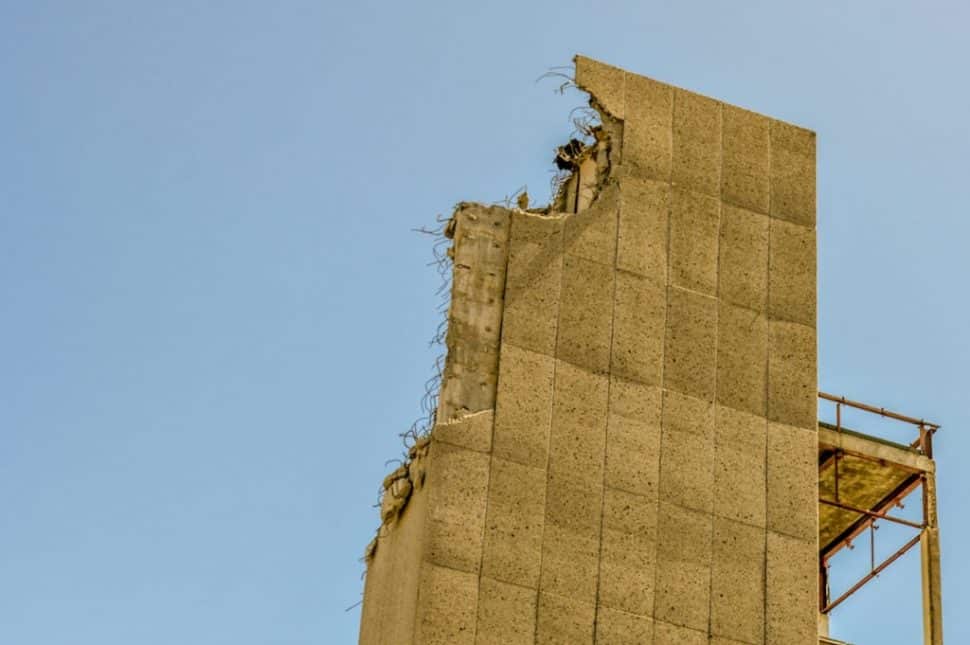
We’re talking about a man, born on January 22, 1901 in Colorado before he moved to Long Beach at the age of 17 to attend Poly and graduate from University of Southern California in 1925 with a degree in architecture. We’re talking about a man whose legacy includes interior murals within Grumman’s Chinese Theatre, homes throughout Virginia Country Club and Bixby Knolls, the Guild House Shoes and Accessories Store, the Long Beach Arena, Long Beach Memorial Hospital…
A man ultimately dedicated to Long Beach in ways that most of us find irreplaceable or, in the least, rare.
If you didn’t, you should have looked at the building. Examined its straight lines, thought about how at one time, its windows weren’t tinted and as visitors traversed up and down its criss-crossed staircases and escalators, now-classic cars from the 1960s were parked below on the street with light from the building shining down upon them.
Brian Addison is a columnist and editor for the Long Beach Post. Reach him at [email protected] or on social media at Facebook, Twitter, Instagram, and LinkedIn.

